Sherlock Holmes: Crimes & Punishments Review: It’s Elementary [VIDEO]
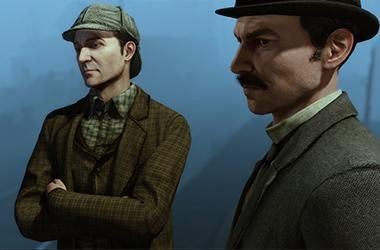
Many book series have spawned film and television recreations, and Sherlock Holmes is one of the most adapted characters in history. More than eight decades after the death of the character’s creator, Arthur Conan Doyle, the lore of Sherlock remains popular, as indicated by the resounding success of the Benedict Cumberbatch-led BBC show “Sherlock.” However, to translate that experience to a video game? Well, that’s unusual.
Here we have “Sherlock Holmes: Crimes & Punishments,” the latest in the Sherlock Holmes adventure-game series from the Ukraine-based independent developer Frogwares Games. “Crimes & Punishments” chronicles six cases, as the famous consulting detective attempts to solve various mysteries. It’s a point-and-click adventure/puzzle game, in the same vein as classics such as “King’s Quest” and “Myst.”
The Good

Sherlock Holmes’ and Dr. John Watson’s characters draw from multiple incarnations in the Holmes canon. Veteran readers of Conan Doyle’s original novels will realize that this Sherlock is not entirely based on his book character. There are shades of the 1940s film Sherlock, with his trust pipe and hat; the antagonistic relationship Sherlock has with his brother Mycroft is drawn from the current BBC Sherlock; Watson’s chippy attitude draws from the Robert Downey Junior-led cast of the 2009 film. If you’ve had previous experience with the Sherlock lore, you’re bound to recognize something.
Considering this is an indie game, Crimes & Punishments does have impressive graphics -- in its cutscenes and one-on-one interviews. Faces are contoured and shaded like a police drama, producing an eerily lifelike look - that is impressive, especially for a small developer. Mouth and cheek movements are lifelike, although it seems no one’s been able to figure out proper eye and brow movement yet.
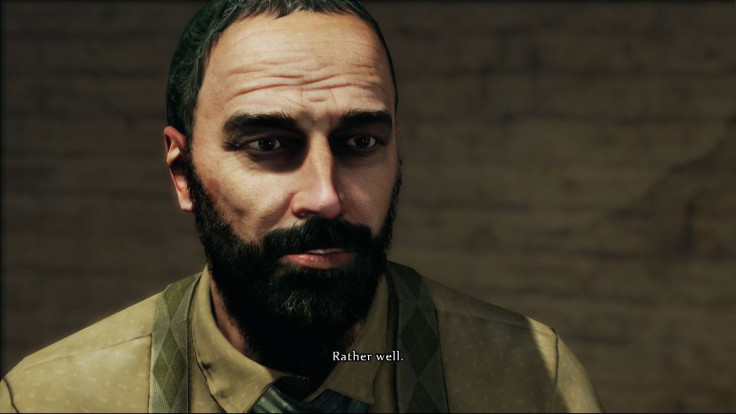
That said, the characters you interview (whether suspects or not) are generally fascinating, well-voiced people, complete with idiosyncrasies, varying accents and personalities.
Central to these interviews is Sherlock’s “hyper-fast personality profile” skill. The action translates well to film and television, so it had a lot to live up to in a video game setting. Instead of sticking with the rapid-fire event sequence shown on the silver screen, Crime & Punishments’ system effectively slows time, allowing you to pick out minute details about your interview subject, leading to hidden information and different lines of questioning.

Sherlock’s eye allows you to look over subjects with a cursor (the same way you search shelves and desks for evidence/items) without the stress of a time limit or a reaction-based button press. This is a smart move - true, it ignores the quick-paced nature of Sherlock’s observational skills recently demonstrated in other media (most notably in the BBC show “Sherlock,” with Benedict Cumberbatch as the detective), but to treat it the same way in this game would destroy Crimes & Punishments’ slow pace.
“Crimes & Punishments” is designed to make you think -- and it lets you draw your own conclusions. The game never really holds your hand - and you can definitely screw things up. Evidence you gather can lead to different case conclusions -- most of which are incorrect. Still, you can go forward with these decisions and live with making the “wrong” choice -- you’re not directly guided to the “correct” path.

The morality system is an interesting addition. Once you reach a conclusion in a case (in which there are always multiple possible conclusions), you can then choose to convict or absolve the guilty party in most cases. You don’t get a reward one way or the other (such as in games like Dragon Age or Mass Effect), but the game logs your choices and awards you a personality rating.
The Bad
There’s no way around this -- Sherlock Holmes: Crimes & Punishments is marred by technical issues.
First is the ubiquity of “invisible walls.” The game presents environments for you to explore and investigate, but you can’t access much of it. Areas that your brain reasons should be accessible can’t be stepped in. This would be more forgivable if it was just relegated to places you’re obviously not meant to see (wooded hills, a lake, etc.), but you can’t even deviate from the cobblestone paths in a botanical garden. Why have an outdoor level when it’s treated like a series of hallways?
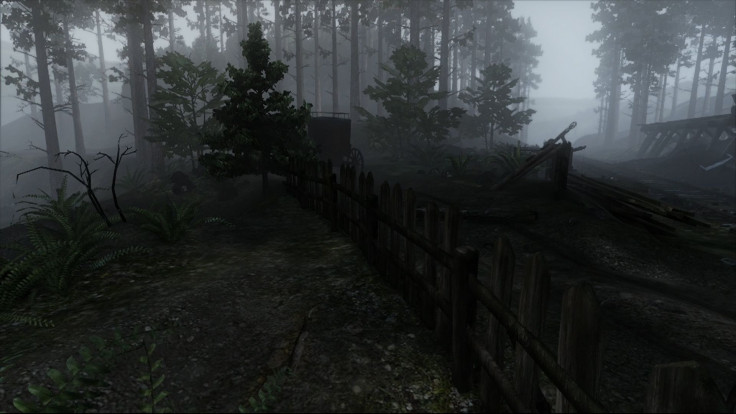
Since we’re talking about level design now, the next technical problem is lighting. Before the game’s release, much ado was made over the game engine’s (Unreal 3 Engine. by the by) ability to handle lighting and key transitions. The truth is that, whether it’s down to the engine itself or the game’s programming, lighting transitions are horrifically disruptive. There’s a stark contrast between the lighting sets used for out and indoors, which would be fine if Crime & Punishments could move between the two smoothly.
But it can’t.
Instead, the lighting switches instantly, along with the color palette. It’s less of an issue on some levels (especially during night scenes), but it just seems sloppy.
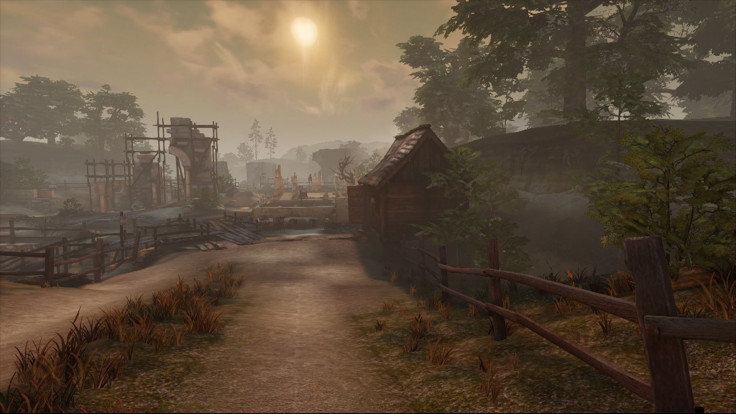
There’s also some framerate choppiness while walking around in third person, but again, it doesn’t appear on all levels. Perhaps that’s down to hardware; though it’s doubtful the PS4 was in over its head, a PC version of the game may be smoother.
Something nontechnical that won’t vary amongst platforms: the story. Now, that’s not to say that the idea of Sherlock Holmes solving various cases in London is a bad thing (it isn’t, of course), but the quality of the intrigues he faces is uneven. Half of the game’s six available cases have entirely predictable, boring conclusions, though the other three are stellar.
But the worst offense? The constant loading screens. If Sherlock had to sneeze, there’d be a ten second loading screen dedicated to rendering the video.
Traveling between areas in Crimes & Punishments takes an eternity. Loading screen are typically 20-30 seconds long, which will get on your nerves when you’re switching back and forth to gather evidence (you’ll be doing this a lot). Now, unlike other games with doggedly long load times (serious offenders like Grand Theft Auto V come to mind), the loading isn’t done once you arrive at your destination.
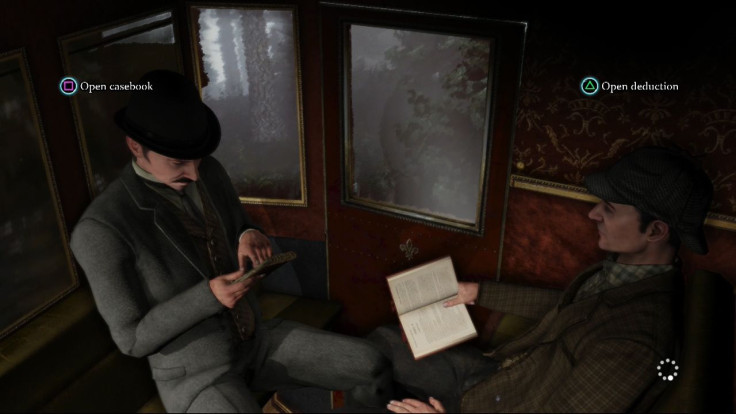
Once you confirm that you’ve arrived where you want to go with a button click, there’s another five second loading screen before you can play (wait, why did we just wait half a minute for the game to load, then?). Then you find a non playable character and strike up a conversation. And then you wait again.
Any time you approach a suspect/NPC with a new dialogue set, you get hit with another 5-10 second loading screen. There’s a serious jump up in quality in these conversations, but it gets disruptive. Considering how small most of the areas in the game are and how often you have to talk to people, this is hard to justify.
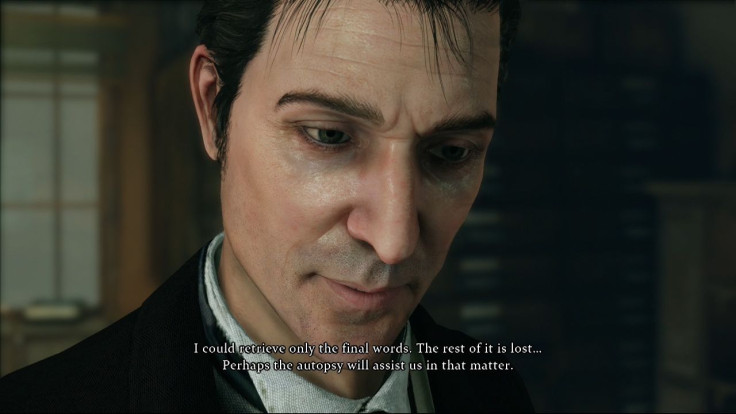
Should You Play This?
Despite the technical issues, “Crimes & Punishments” is still worth a look.
-- Are you a fan of Sherlock Holmes, even only casually? Yes.
-- Do you like point-and-click, discovery sort of games (think “Myst,” “King’s Quest”)? Yes.
-- Do you need action, fast-paced fighting, or otherwise “exciting” gameplay? Are you impatient? No.
“Sherlock Holmes: Crimes & Punishments” will be available Sept. 30 on PS4 (played), PS3, XB1, XB360, and PC.
© Copyright IBTimes 2024. All rights reserved.






















